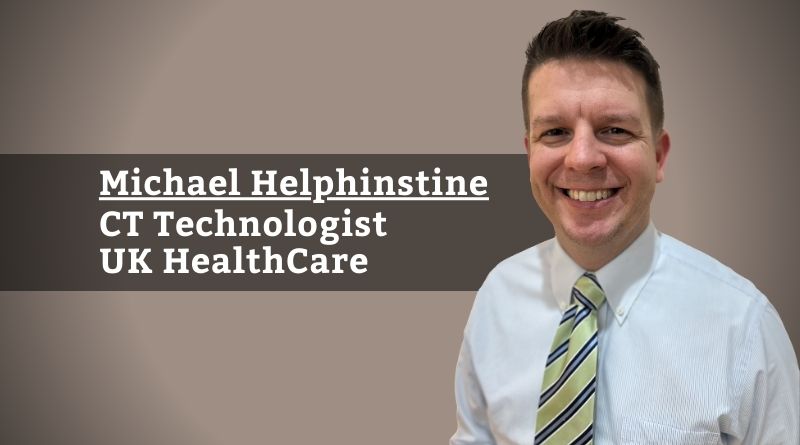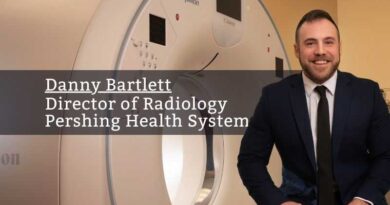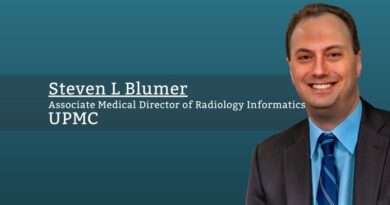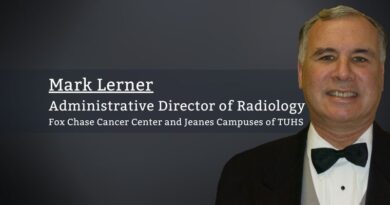Are medical imaging technologies being used to their fullest capacity or are these being overused?
By Michael Helphinstine, CT Technologist, UK HealthCare
It is without a doubt that medical imaging has seen exponential growth in advancements in technology. We are technologically far moved from where we stood 20 years ago.
Merely 15 years ago, we were seeing a 64 slice CT scanner advertised as “the fastest scanner on the market.” Many outpatient facilities were racing to buy a relatively expensive open MRI to capture claustrophobic patients. Ultrasound was beginning to offer 3D imaging, which seemed futuristic. There were stirs of conversations of general radiography going completely filmless and to most seemed preposterous. Now as we reflect on our advancements, these “upgrades” are laughable to most in the imaging world.
As of today, it is not unheard of to see a facility with multiple dual source CT scanners that can perform 300 or more slices and scan a single body part (including cardiacs) in under one second. MRIs have almost made it a standard that the bore size and bore length are comparable to the size of a CT scanner. These types of bores have almost completely eliminated open MRI scanners. In ultrasound, 3D and even 4D come standard on most pieces. Conventional X-ray almost unknowingly skipped right past the computed radiography phase of advancement and jumped straight to digital exposure with images being revealed instantly.
Given these advancements, are we utilizing the updated technologies to their full extent? Conversely, are we making these advancements too accessible? This is a discussion that seems to cause reflection on how we treat these technologies to analyze, care, and diagnose our patients.
Are we utilizing these technologies to their fullest extent?
In short, we are engaging most of these advancements correctly in clinical settings. However, there are opportunities as technologists and administrators where we could better fulfill patient care with our imaging technologies.
As improvements are made with each modality, more opportunities arise to use technology and engineering to decrease patient dose, exposure time, scan time and improve image quality. Cognitively evaluate the crossing point of cost and use of equipment with patient outcomes. For example, some dual source CT scanners offer flash or quick scan modes that can be used on examinations. These modes DRASTICALLY decrease dose and scan time. However, these are hefty price tags that many community hospitals cannot afford. There are other advanced scanners available to greatly improve image quality and patient experience. These offer more affordability for the locations that do not support the volume.
The options are almost endless and can easily conquer the decision-making skill of even the keenest administrator. Extensive research, observation, knowledgeable managers and experienced staff can be resourceful in making those decisions. Medical imaging is advancing what seems to be daily. Decisions would need aid to conclude on how to use your money wisely, where to place the equipment to get the most utilization and which technologies are needed to ensure you are serving your patient population.
Are we making our technological advancements too accessible?
Healthcare has become extremely reliant on medical technologies and is becoming more prevalent in the clinical setting. As previously mentioned, our radiological advancements have given us opportunities to improve patient outcome.
Most often, we see a rush to image in the Emergency Department. Time is of the essence with true emergency patients, but this also does not open the doors to rush to imaging. There are numerous examples that plague advanced imaging modalities. In addition to our equipment advancing, so has the criteria and research. The newest technology used to ensure proper imaging has been mandated by the CMS to utilize Appropriate Use Criteria (AUC). The AUC is an intelligent technological advancement developed on indications with scores ranging from 1-10. A score of one being inappropriate use of imaging and a ten being completely appropriate. These diagnoses are taken through a clinical decision support mechanism backed by evidence-based research.
Even though AUC scores an examination as a one, providers continue to image patients. We are utilizing the technologies supplied and bypassing just to rely on the speed of imaging. Some providers have openly admitted that the advancements have allowed them to lean heavily on the results from imaging.
With updated picture archiving systems and dictation systems, radiologists are able to have extraordinary turnaround times. Again, due to the advancements, providers are relying on and pushing radiologists to have quick turnaround times.
The issues does not reflect provider only reliance. There is much to be said about technologists’ performance given these advancements. Undoubtedly, a technologist’s role is crucial and a technologist will face a multitude of issues throughout a shift. Technological advancement has made their duties accelerate rapidly. Contrarily, it has caused contentment with suboptimal imaging and quality. Digital radiography has changed the process of portable examinations. Digital radiography has completely eliminated “the walk of shame” back to the floor to re-shoot an image. Instead, the complacency with attention to detail has given the option of an immediate fix and repeat without the pressure of returning to the floor to re-image. As with most discussions, there are always nuances to how a subject is perceived. However, it is not debatable that advancement in radiological technologies has improved patients almost universally for their visits. Each modality has seen their fair share of improvements in technology. Some modality advancements were quick and ever-changing while some divisions saw only little change. Nonetheless, it has been favorable for the field. It should be taken with great observation how we use our radiological technologies in the clinical setting. Advancements will continue to grow and we will continue to see enhanced treatments, diagnoses and most importantly, patient outcomes.



